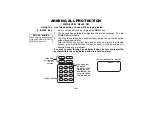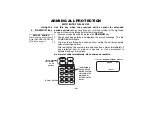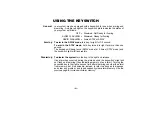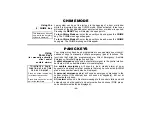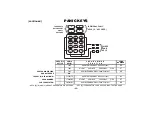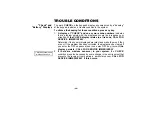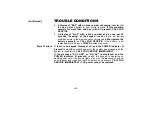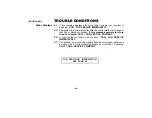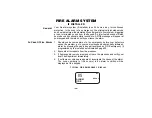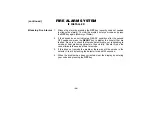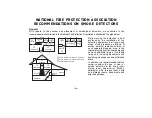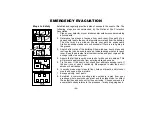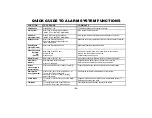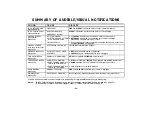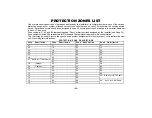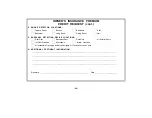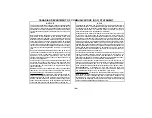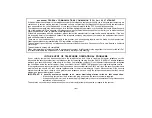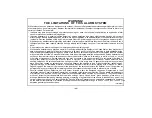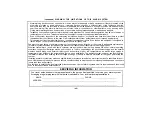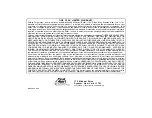
Ð 3 2 Ð
EMERGENCY EVACUATION
Steps to Safety
•
FRONT
•
BACK
•
BEDROOM
BA
TH
BEDROOM
KITCHEN
BACK DOOR
1 FLOOR
ST
BEDROOM
BEDROOM
2 FLOOR
ND
BA
TH
BEDROOM
PORCH
CLOSET
Establish and regularly practice a plan of escape in the event of fire. The
following steps are recommended by the National Fire Protection
Association:
1. Plan on your detector or your interior and/or exterior sounders warning
all occupants.
2. Determine two means of escape from each room. One path of es-
cape should lead to the door that permits normal exit from the building.
The other may be a window, should your path be unpassable.
Station an escape ladder at such windows if there is a long drop to
the ground.
3. Sketch a floor plan of the building. Show windows, doors, stairs and
rooftops that can be used to escape. Indicate escape routes for each
room. Keep these routes free from obstruction and post copies of the
escape routes in every room.
4. Assure that all bedroom doors are shut while you are asleep. This
will prevent deadly smoke from entering while you escape.
5. Try the door. If the door is hot, check your alternate escape route. If
the door is cool, open it cautiously. Be prepared to slam the door if
smoke or heat rushes in.
6. In smoky areas, crawl close to floor, hold your breath, and/or cover
mouth and nose with a wet cloth.
7. Escape quickly; don't panic.
8. Establish a common meeting place outdoors, away from your
premises, where everyone can meet and then take steps to contact
the authorities and account for those missing. Choose someone to
assure that nobody returns to the premises Ñ many die going back.

